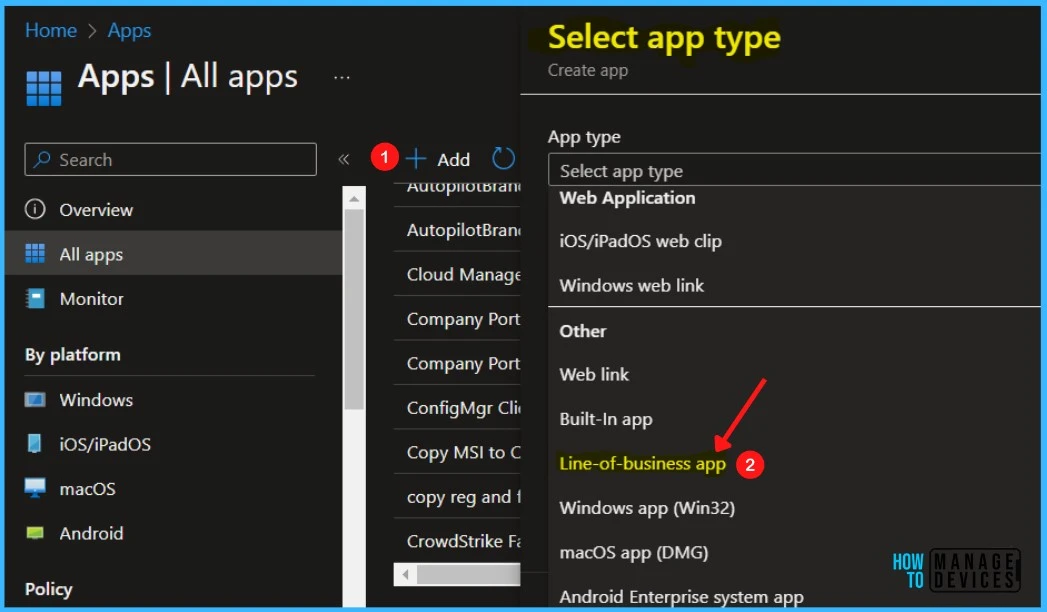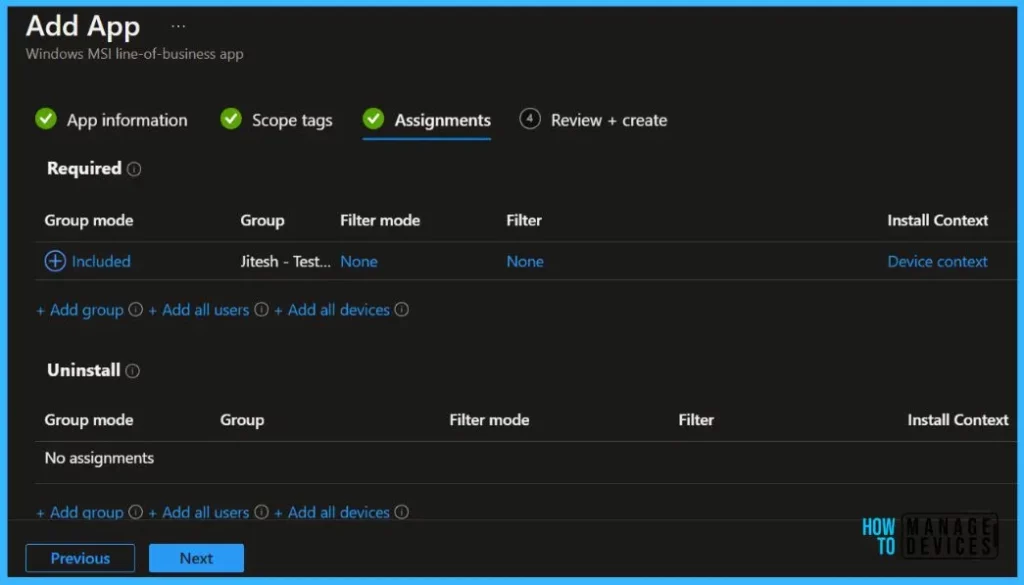Learn how to deploy Webex using Intune application deployment guide. This post will help you with the MSI application deployment, and the process of uploading an MSI in Intune MEM Admin portal.
What is Webex App? An audio and video conference call application, WebEx is a multifunctional desktop application and mobile app. Webex by Cisco is the leading enterprise solution for video conferencing, online meetings, screen share, and webinars.
Webex app brings everyone together to do exceptional work and offers you both MSI and executable files for installation. The MSI application is the best method to deploy Webex to Windows 10/11 devices.
One can easily download the 64-bit application directly from Webex. They have provided different setups for different environments. You can differentiate and choose a 32-bit or 64-bit installation.
The following table gives you all the details for the Cisco Webex silent installation command line, and Product Code. The MSI parameters will be automatically used for the deployment using Intune, If the MSI file needs additional command-line options consider using Intune Win32 app management.
| Name | Webex Install Command Line | Webex Uninstall Command Line | Detection Method |
|---|---|---|---|
| WEBEX Deployment Tool – Windows Installer (*.msi file) | Install -> msiexec /i “Webex.msi” /q | Uninstall -> msiexec /x “Webex.msi” /q | Windows Installer – {4919D12C-EAE6-590E-B730-B3C8C2E97266} |
- How to Get Intune Managed Apps Details for Device
- Override Intune GRS: Trigger IME to retry failed Win32 App Deployment
Deploy Webex using Intune MSI Application Deployment Guide
Follow the steps below to upload the MSI file for deploying Webex to managed devices. To start with the Intune line-of-business app package creation, keep the downloaded Webex.msi setup installation file in the appropriate location.
- Sign in to the Microsoft Endpoint Manager admin center https://endpoint.microsoft.com/
- Select Apps > All apps > Add, or you can navigate to Apps > Windows > Windows Apps.

On the Select app type pane, under the Other app types, select Line-of-business app and click Select.

On the Add app pane, click Select app package file. Select the browse button. Then, select the downloaded application MSI file. Once you select the app file, The app details appear with Name, Platform, Size, and context.
When you’re finished, select OK on the App package file pane.

Enter the Name of the App (For Example – Webex), and Enter the description of the app. Enter the Publisher name – Cisco Systems and Command-line arguments – Optionally, enter any command-line arguments you want to apply to the .msi file when it runs.
Upload an icon for the app. This icon is displayed with the app when users browse the company portal. You may specify the additional app information here and click Next.
NOTE! – Do not include the “msiexec” command or arguments, such as /i or /x, as they are automatically used.

Scope tags are filtering options provided in Intune to ease the admin jobs. In the scope tag section, you will get an option to configure scope tags for the application. Click on Next.

Under Assignments, In Included groups, click Add groups and then choose Select groups to include one or more groups to which you want to deploy Webex. Click Next to continue.
Note – As we selected Install Context, Device for the application. You will not get the option to make it available for enrolled devices. Changing the Install context to User would allow having all these options here.

You will see the details you provided during the application creation process. Review your settings and select Create to add the app to Intune.

Here you will see the status Uploading is in progress – How much time will it take to complete the upload? It depends on the size of the application and the speed of internet connectivity.
Please wait some time to complete the upload process, and you can check the progress by clicking on the Notification icon. Once the package is uploaded and finished, you will get the status “Upload finished.”

Monitor Webex Deployment
Where is the folder where Intune downloads the applications before it installs on a Windows device? Intune cache folder location, how to find out cache folder location. Check more details Cache Folder Windows 10 MDM Agent LOB Applications.
To monitor the application installation, select the application, and here you can check the device and user check-in status. If you click on Device install status, additional details are displayed.

After successfully installing the apps, You will see the status for the app in the Company Portal installed on your managed device. You can also validate the status from Windows programs and features in Control Panel.

Tracking Intune LOB App Deployment via Windows Registry
All the information can be easily tracked using the registry for tracing deployment issues. LOB app deployment details can be checked from the following registry path HKEY_LOCAL_MACHINE\SOFTWARE\Microsoft\EnterpriseDesktopAppManagement.
There will be two sub-keys corresponding to the
- system SID (all zeros) [will list all device context MSI deployments]
- user SID [will list all user context MSI deployments]
Under System or user subkeys, you will find the MSI app deployments from Intune listed using the MSI Product ID of the package. Explore the post from Joy on how you can troubleshoot Intune app deployment issues using the Windows 10 or 11 registry and events.
